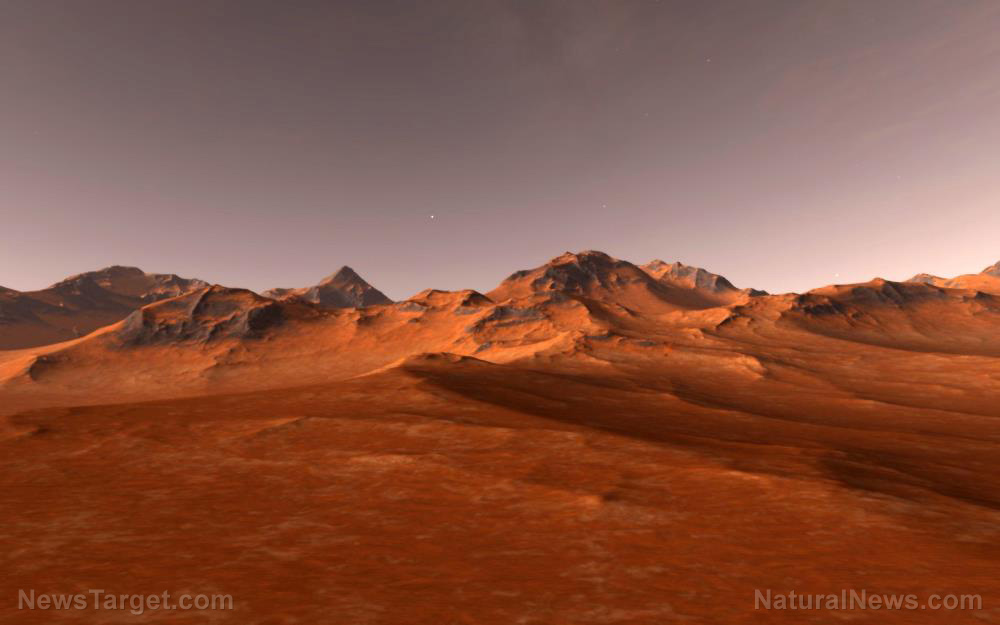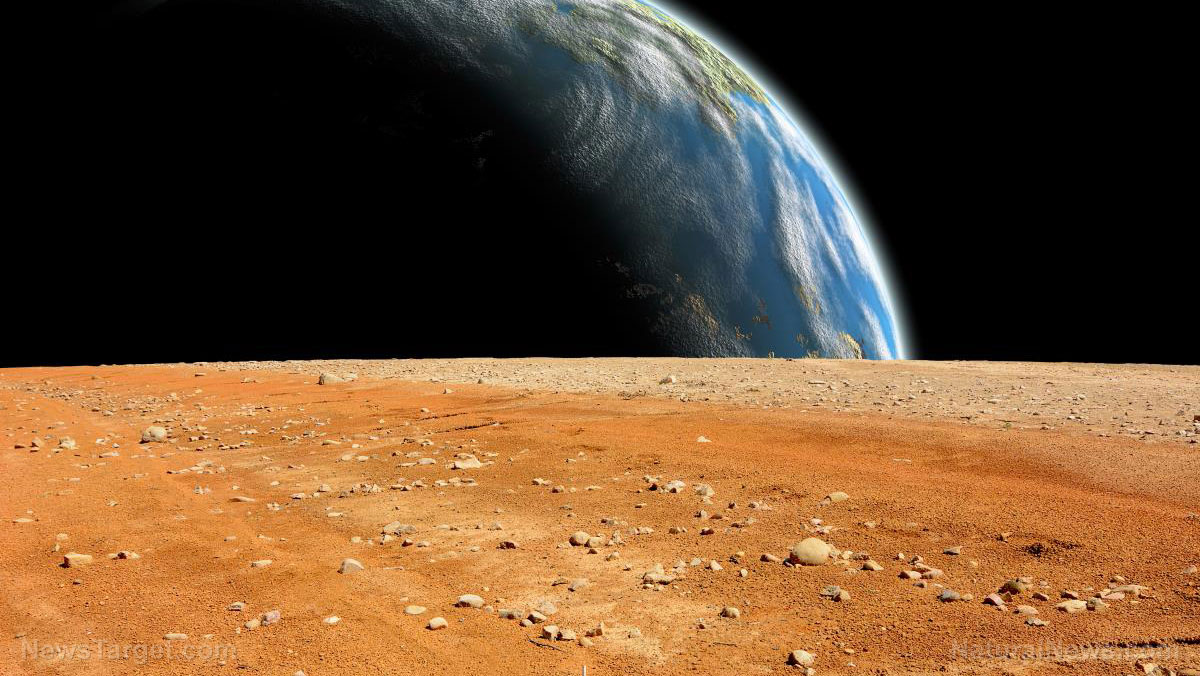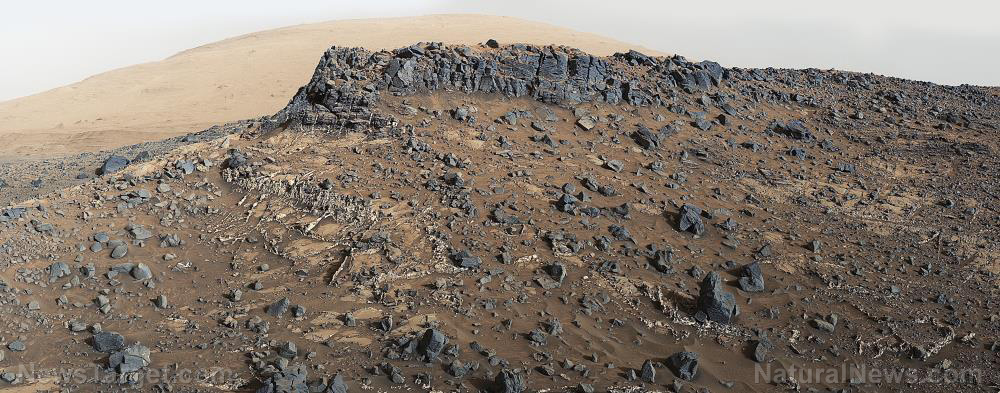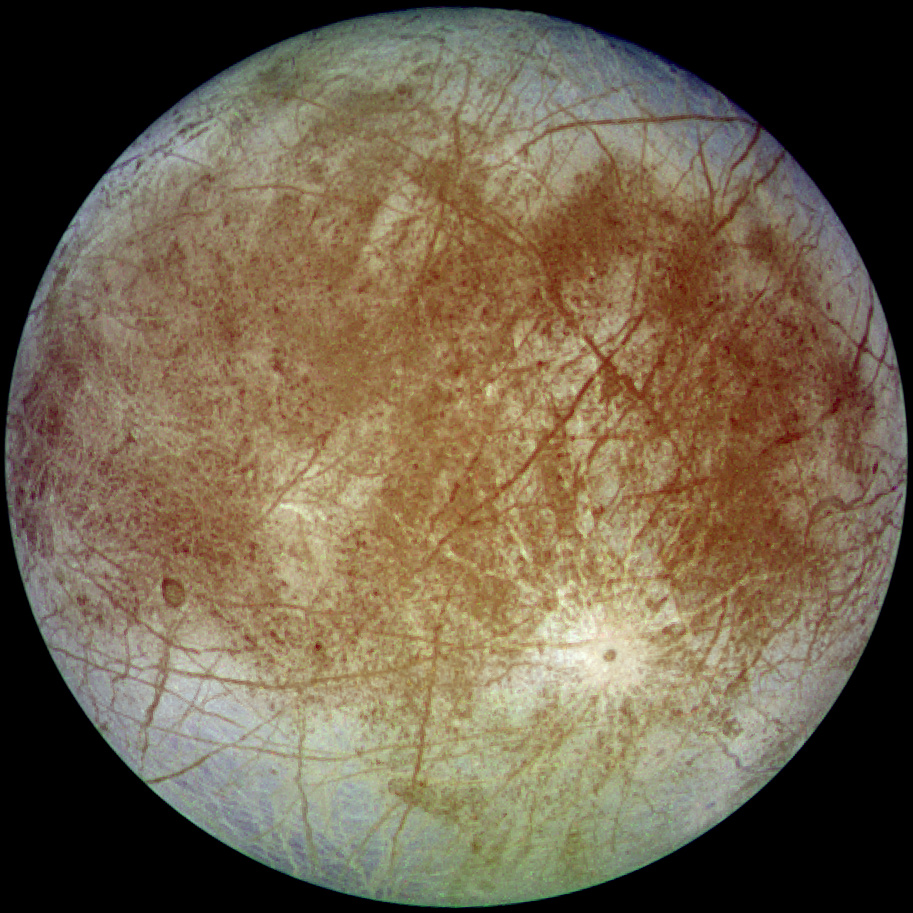
- NASA’s Mars Reconnaissance Orbiter (MRO) captured images of large, frost-covered sand dunes in Mars’ northern hemisphere resembling "kidney beans." These dunes are temporarily immobilized by carbon dioxide frost during the Martian winter, offering insights into the planet’s climate and history.
- The seasonal freeze-thaw cycle of carbon dioxide frost provides a window into Mars’ ancient climate. Shifts in the planet’s axial tilt over millions of years may have created conditions warm enough for liquid water, raising questions about the potential for past or present microbial life.
- The MRO’s HiRISE camera, operated by the University of Arizona, has been crucial in studying these frosty dunes and tracking seasonal changes. This data helps scientists understand how carbon dioxide shapes Mars’ geology and climate history.
- Recent discoveries, such as the Perseverance rover’s findings of organic compounds and water-related minerals in Jezero Crater, suggest Mars may have once supported life. However, these findings require further analysis, as organic molecules can form through non-biological processes.
- The frozen dunes and other discoveries contribute to humanity’s understanding of Mars’ extreme climate shifts and its potential to have harbored life. These findings underscore the importance of continued exploration, including the ambitious Mars Sample Return mission, to uncover the Red Planet’s secrets and answer whether life exists beyond Earth.
In the vast, cold deserts of Mars, a peculiar sight has caught the attention of scientists and space enthusiasts alike: giant "kidney beans" scattered across the planet’s surface.
But they're not referring to edible legumes — they’re frozen sand dunes, captured in stunning detail by NASA’s Mars Reconnaissance Orbiter (MRO). The image, taken in September 2022 and released in December 2024, reveals a fascinating phenomenon that could hold clues to Mars’ watery past and its potential to have once harbored life.
The dunes, which were spotted in Mars’ northern hemisphere, are covered in a layer of carbon dioxide frost, which locks them in place during the planet’s winter. On Earth, sand dunes are constantly on the move, shaped by winds that carry grains from one side to the other. But on Mars, the frost acts like a temporary glue, stopping the dunes from migrating until the spring thaw arrives.
This seasonal freeze-and-thaw cycle is more than just a curious spectacle. It’s a fascinating window into the planet’s climate history and its potential to have supported life. (Related: Mars volcanic ash and lava caves could unveil clues to ancient life.)
Frosty dunes and the search for water
While the frost itself is made of carbon dioxide, which is commonly known as dry ice, its presence is deeply tied to the question of whether liquid water ever existed on Mars long enough to sustain life.
Mars’ axial tilt, or obliquity, wobbles dramatically over millions of years, causing extreme shifts in its climate. During periods when the planet’s tilt was more pronounced, carbon dioxide ice would have turned into gas, thickening the atmosphere and potentially creating conditions warm enough for liquid water to flow.
By studying how carbon dioxide frost behaves today, scientists can piece together a clearer picture of Mars’ ancient climate. For example, understanding how frost accumulates and disappears with the seasons helps researchers identify geological features shaped by carbon dioxide, which in turn reveals more about the planet’s past.
If Mars had periods of stable liquid water, it’s possible that microbial life could have emerged and might even still exist in hidden pockets beneath the surface.
The MRO’s High-Resolution Imaging Science Experiment (HiRISE) camera, operated by the University of Arizona, has been instrumental in capturing these frosty dunes. The images not only showcase the beauty of Mars’ alien landscapes but also provide valuable data for scientists tracking the planet’s seasonal changes.
This isn’t the first time Mars has sparked excitement about the possibility of life.
In July 2024, NASA announced that its Perseverance rover had discovered a rock containing some of the most compelling evidence yet of ancient microbial life. The rock, named Cheyava Falls, was found in Jezero Crater, a site believed to have once been a river delta.
It contains white veins of calcium sulfate, a mineral that forms in the presence of water, as well as organic compounds, which are carbon-based molecules that are essential building blocks of life.
While these findings are tantalizing, they come with a healthy dose of caution. Organic molecules can form through non-biological processes, and the rock’s intriguing "leopard spots," or the small whitish splotches surrounded by black material, could have multiple explanations.
Some scientists suggest they might be the result of organic molecules reacting with iron-rich minerals, a process that on Earth can fuel microbial life.
Others point to the presence of olivine crystals, which form in volcanic eruptions and indicate the rock may have been created in conditions too extreme for life.
Perseverance’s mission is to collect rock samples for eventual return to Earth, where they can be analyzed in greater detail. However, the ambitious Mars Sample Return mission, which would bring these samples home, faces significant challenges, including budget constraints and logistical hurdles.
Until then, the rover’s discoveries remain tantalizing but unresolved.
Why this discovery matters
The frozen "kidney bean" dunes may seem like a quirky footnote in the search for life on Mars, but they’re part of a much bigger story. Every piece of data — whether it’s frost-covered dunes, organic-rich rocks or ancient river deltas — adds to humanity's understanding of Mars’ past and its potential to have supported life.
Mars is a planet of extremes, with a climate that has shifted dramatically over billions of years. By studying its present-day features, experts can reconstruct its history and answer one of humanity’s most profound questions: Are humans alone in the universe?
The discovery of these frosty dunes is a reminder of how much mankind has learned about Mars — and how much more there is to uncover. As scientists continue to analyze the data from the MRO and Perseverance, each new finding brings humanity closer to understanding whether the Red Planet was once a living world.
For now, the "kidney beans" of Mars remain frozen in time, waiting for the spring thaw to reveal their secrets. And as mankind gazes at these alien landscapes, people are reminded of the enduring allure of Mars — a world that continues to surprise, inspire and challenge humans in the quest to explore the mysterious cosmos.
Visit Cosmic.news for more stories about recent space discoveries.
Watch the video below to learn more about the bizarre "face" on Mars.
This video is from the Amaterasu Solar channel on Brighteon.com.
More related stories:
CIA documents unveil evidence of enormous civilizations on ancient Mars.
Mars may harbor alien life beneath its surface, study suggests.
China’s Mars rover may have stumbled across a lost ancient ocean on the Red Planet.
Mars likely had water as early as 4.4 billion years ago, researchers say.
Mars-sized sunspot is turning toward Earth, raising concerns over intense solar flares.
Sources include:
Please contact us for more information.



















